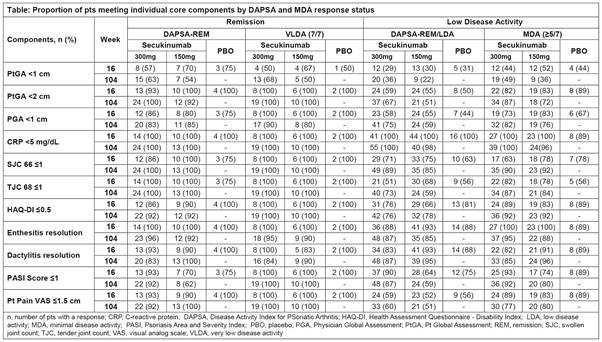
Lesions at the level of the lowermost thoracic and first lumbar vertebrae may result in mixed cauda equina and conus medullaris lesions ( Fig. The spinal cord ends between T12 and L2 (most often at L1 vertebra), and injury within the neural canal below that bone level involves the cauda equina. Because of the discrepancy between the lengths of the spinal cord and the vertebral column, the L1-L5 lumbar spinal cord segments are typically located at the T11-T12 vertebral level, and the S1-S5 sacral spinal cord segments are at the L1 vertebral level. Lumbosacral SCI refers to the neurologic level of injury, which is different from the skeletal level of injury. Neurologic Versus Skeletal Level of Injury In addition to trauma, damage to lumbosacral spinal cord and cauda equina may occur due to non-traumatic causes including midline lumbar disk herniation (most commonly at L4-L5), spinal stenosis, tumor, abscess, and hematoma. There is an association between level of injury and cause of injury, and acts of violence are more often associated with paraplegia than with cervical injury and tetraplegia. The most frequent causes of injury include motor vehicle crashes, falls, acts of violence, and recreational sporting activities. Lumbosacral injuries account for about 11% of traumatic SCI cases in the national Spinal Cord Injury Model Systems database, with L1 being the most common neurologic level. Cauda equina syndrome refers to injury to the lumbosacral nerve roots within the neural canal. Conus medullaris syndrome results from an injury to the sacral spinal cord (conus) and lumbar nerve roots within the spinal canal.

The terms lumbosacral SCI and paraplegia are also used in referring to conus medullaris and cauda equina injuries, but not to impaired sensorimotor function due to injury to neural involvement outside the spinal canal (as in lumbosacral plexus lesions or injury to peripheral nerves). With this level of injury, arm and trunk functions are spared, but the legs and pelvic organs are involved. Lumbosacral spinal cord injury (SCI) refers to impairment or loss of motor or sensory function in the lumbar or sacral segments of the spinal cord, secondary to damage of neural elements within the spinal canal. Coordinated systems of SCI care can reduce complications. An interdisciplinary approach and inclusion of the patient as an active participant in establishment of goals are important elements of care. The focus of rehabilitation is to minimize impairments and enhance function and participation, with attention to individual personal and environmental factors. The continuum of SCI care includes initial and post-initial medical and surgical management, initial and ongoing rehabilitation, and life-long sustaining care. Patients may also present with secondary conditions and associated problems, such as urinary tract infections or pressure ulcers.

Lumbosacral SCI may manifest with weakness in the legs, lower extremity or perineal sensory loss, bladder and bowel disturbances (urinary retention, constipation, bladder or bowel incontinence), impotence, back pain, and burning perianal or lower extremity pain.



 0 kommentar(er)
0 kommentar(er)
